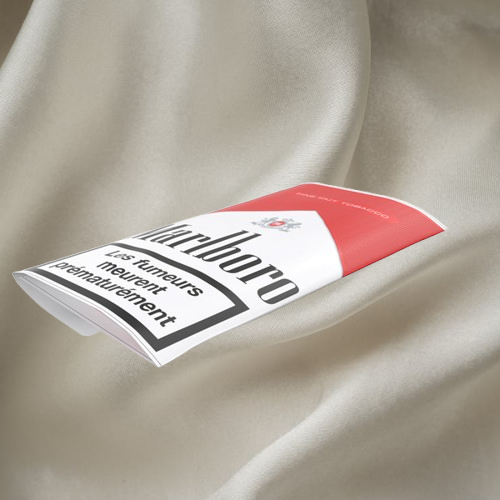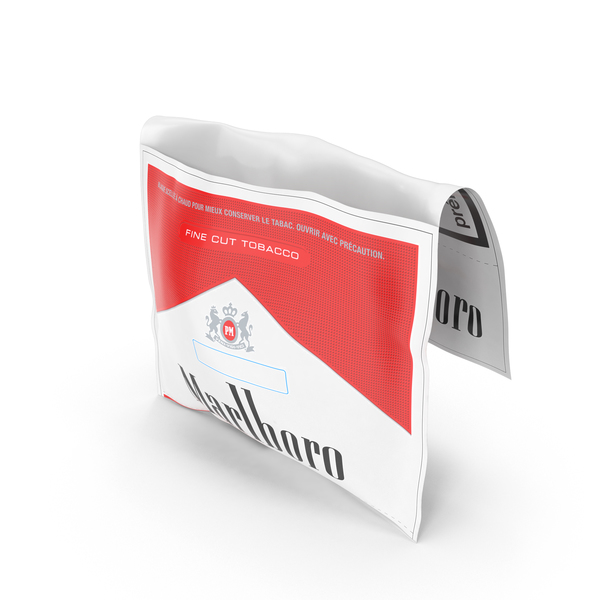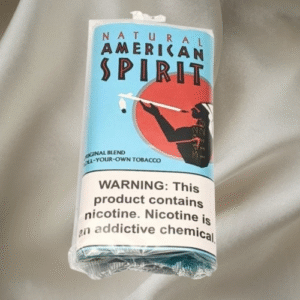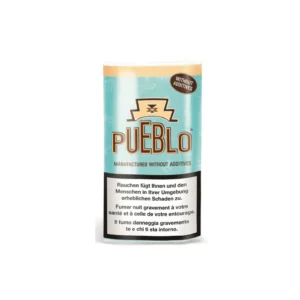Marlboro Tobacco – A Legacy of Quality, Innovation, and Global Recognition
Few names in the global tobacco industry hold the same recognition as Marlboro. Known for its craftsmanship, consistent blend quality, and enduring heritage, Marlboro has evolved from a small brand to one of the world’s most recognized tobacco names. Produced by Philip Morris International (PMI), Marlboro tobacco represents decades of refinement, consumer trust, and adaptive market strategy.
Although its products are associated with cigarettes, the Marlboro tobacco blend itself has long been admired for its balance, aroma, and character. Through innovation and attention to detail, the brand continues to reflect a legacy built on precision and reputation.
Historical Background and Brand Heritage
The Marlboro brand traces its origins to London in the 1920s, introduced as a cigarette with a refined, mild flavor. Initially positioned as a premium brand, it grew steadily over the years before being relaunched in the 1950s by Philip Morris with a fresh identity and expanded production.
By the 1960s, Marlboro had become a global symbol of quality tobacco craftsmanship. Its tobacco blends were carefully curated from different regions, ensuring both depth of flavor and consistency. Over time, Marlboro established its reputation not only through distinctive marketing but also through the consistent excellence of its tobacco.
Even today, the brand’s name carries historical significance. Its commitment to maintaining the same flavor integrity and manufacturing standards across global markets reflects an enduring dedication to quality and heritage.
Tobacco Blending and Production Standards
At the heart of Marlboro’s reputation lies its tobacco blend — a carefully balanced combination of Virginia, Burley, and Oriental tobaccos. These varieties are sourced from select growing regions around the world, each contributing unique characteristics to the final product.
Virginia tobacco provides natural sweetness and aroma, Burley adds depth and body, and Oriental leaves bring subtle spice and complexity. Together, they form the base of Marlboro’s distinct flavor profile.
The manufacturing process is defined by rigorous quality control and precision. Tobacco leaves are cured, blended, and aged to achieve uniform texture, burn rate, and flavor consistency. Though production methods have evolved with technology, Marlboro continues to rely on craftsmanship that respects traditional tobacco preparation.
Market Presence and Global Influence
Marlboro tobacco enjoys a dominant presence in international markets, making it one of the world’s most recognized and distributed tobacco brands. The name “Marlboro” is synonymous with a specific type of blend — rich, balanced, and smooth.
In regions such as Europe, Asia, and North America, Marlboro’s reach remains extensive. Its long-standing market presence reflects both product consistency and brand recognition. Despite shifts in consumer behavior and increased regulation across the tobacco industry, Marlboro’s adaptability has allowed it to remain relevant.
This success stems not only from distribution but also from an enduring focus on quality assurance. Marlboro’s production facilities follow strict standards to ensure that each batch of tobacco maintains the same balance of taste and aroma that consumers have come to expect.
Cultural Significance and Brand Identity
Marlboro tobacco has become part of global cultural history. For decades, it symbolized a sense of craftsmanship and heritage associated with American tobacco production. The brand’s emphasis on quality and dependability built trust among generations of adult consumers.
Culturally, Marlboro represents a link between traditional tobacco craftsmanship and modern industrial production. Its blend consistency is often cited as a benchmark in the tobacco sector. Even as attitudes toward smoking continue to evolve, Marlboro’s history remains an important part of global consumer culture and brand development.
Moreover, the company’s ongoing shift toward smoke-free innovations and sustainability demonstrates an effort to evolve responsibly while maintaining its identity as a leader in quality tobacco production.
Sustainability and Agricultural Responsibility
In recent years, Philip Morris International has emphasized sustainable agriculture and responsible sourcing. Marlboro tobacco production now incorporates programs that support farmers, improve soil quality, and reduce environmental impact. These efforts ensure that the supply chain aligns with modern expectations for ethical production.
The company’s sustainability initiatives reflect a growing recognition that heritage brands must adapt to meet environmental and social standards. By working directly with tobacco-growing communities, PMI fosters improved agricultural practices and supports economic stability in rural areas.
Such initiatives demonstrate how a global tobacco brand can evolve responsibly, balancing tradition with forward-thinking progress.
Conclusion
Marlboro tobacco stands as a lasting symbol of craftsmanship, quality, and global recognition. From its early beginnings to its modern evolution, the brand has maintained a commitment to blending precision and consistency. Through its careful selection of Virginia, Burley, and Oriental tobaccos, Marlboro continues to deliver a distinctive aroma and flavor that have shaped its legacy for nearly a century.
While the tobacco industry continues to change, Marlboro’s heritage, manufacturing standards, and dedication to responsible practices ensure that its name remains synonymous with quality and tradition. Its journey reflects not only the evolution of a brand but also the enduring craftsmanship behind one of the most recognized tobacco blends in the world.









Sue eyre –
Very quick and reliable service